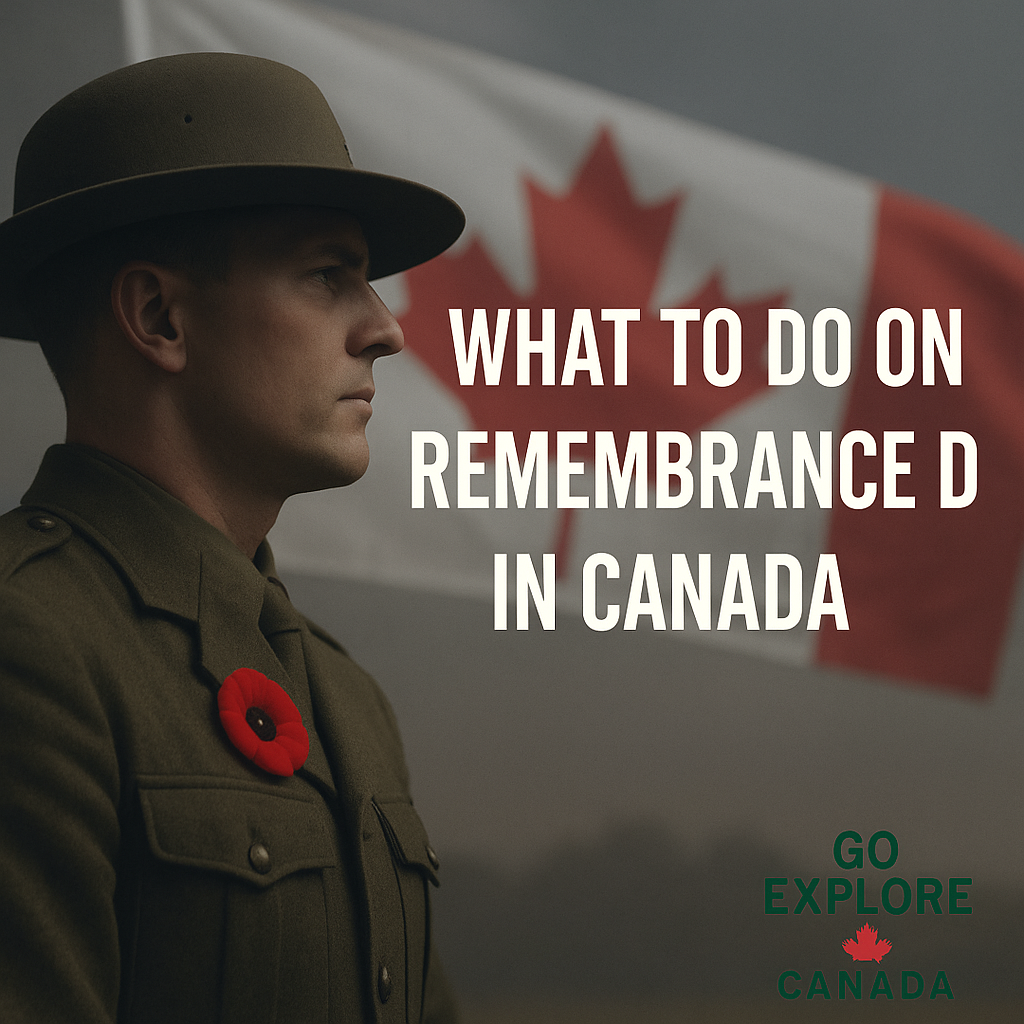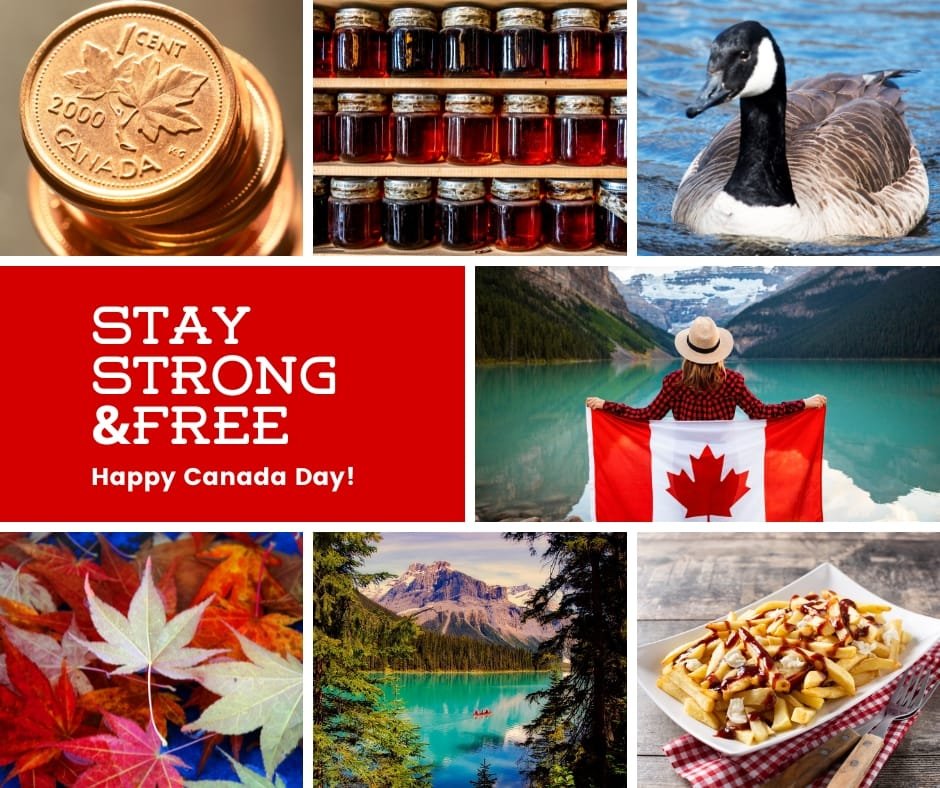
Winter Preparation Tips for Canadians: Essential Advice for November 2024
Posted in General
As the crisp autumn air gives way to the first hints of winter, Canadians across the country begin their annual ritual of preparing for the cold months ahead. November 2024 marks the perfect time to start getting ready for the Canadian winter, ensuring you’re well-equipped to face the challenges and embrace the beauty of the season. From winterizing your home to updating your wardrobe, this comprehensive guide will help you navigate the preparations necessary for a safe and enjoyable winter experience.
Winterizing Your Home
One of the first steps in preparing for winter is ensuring your home is ready to withstand the cold temperatures and potentially heavy snowfall.
Insulation and Weatherproofing
Start by checking your home’s insulation, particularly in the attic and walls. Proper insulation not only keeps your home warm but also helps reduce energy costs. Inspect windows and doors for drafts and apply weatherstripping or caulk where needed. Consider installing storm windows for an extra layer of protection against the cold.
Heating System Maintenance
Schedule a professional inspection of your heating system to ensure it’s working efficiently. Replace filters, clean ducts, and consider upgrading to a programmable thermostat to optimize energy usage. If you have a fireplace, have the chimney cleaned and inspected for safety.
Outdoor Preparations
Clear gutters and downspouts of debris to prevent ice dams. Trim tree branches that could potentially fall on your house during heavy snow or ice storms. Drain and store outdoor hoses and shut off exterior water valves to prevent pipes from freezing.
Vehicle Winterization
Preparing your vehicle for winter driving is crucial for safety and reliability.
Winter Tires
Install winter tires in November to ensure better traction on snow and ice. Winter tires are designed to perform best in temperatures below 7°C, providing improved handling and shorter stopping distances.
Battery Check
Cold weather can be hard on car batteries. Have your battery tested and replaced if necessary. A weak battery may not be able to start your car in freezing temperatures.
Fluid Levels
Check and top up all fluids, including antifreeze, oil, and windshield washer fluid. Use a winter-grade washer fluid that won’t freeze in cold temperatures.
Emergency Kit
Assemble a winter emergency kit for your car with essentials like a shovel, ice scraper, jumper cables, flashlight, blankets, and non-perishable snacks.
Wardrobe Updates
Dressing appropriately for Canadian winters is essential for comfort and safety, and you should learn how to enjoy winter in Canada.
Layering Basics
Invest in quality base layers made of moisture-wicking materials like merino wool or synthetic fabrics. Layer with insulating mid-layers and top with a waterproof and windproof outer shell.
Winter Accessories
Don’t forget essential accessories like warm hats, gloves, scarves, and thermal socks. Look for items made with materials like wool or fleece for optimal warmth.
Footwear
Invest in waterproof, insulated winter boots with good traction. Ensure they’re comfortable for walking in snow and on icy surfaces.
Health and Wellness
Preparing for winter also means taking care of your physical and mental health.
Vitamin D Supplementation
With reduced sunlight during winter months, consider taking vitamin D supplements to maintain adequate levels, which are important for bone health and immune function.
Exercise Routine
Develop an indoor exercise routine to stay active during the colder months. This could include home workouts, joining a gym, or trying winter sports like skiing or ice skating.
Mental Health Awareness
Be mindful of seasonal affective disorder (SAD) and take proactive steps to maintain good mental health. This may include light therapy, regular social interactions, and maintaining a consistent sleep schedule.
Outdoor Activities and Safety
Embrace the winter season by preparing for outdoor activities safely or by exploring snow in Eastern Canada.
Winter Sports Gear
If you enjoy winter sports, November is the time to inspect and update your equipment. Wax skis, sharpen ice skates, and ensure all gear is in good condition.
Ice Safety Awareness
Learn about ice safety if you plan on activities like ice fishing or skating on natural ice. Understand the risks and know how to recognize safe ice conditions.
Snow Removal Tools
Stock up on snow removal equipment like shovels, ice melt, and possibly a snow blower. Proper snow removal is important for safety around your home and driveway.
Emergency Preparedness
Winter storms can sometimes lead to power outages or transportation disruptions.
Power Outage Kit
Prepare an emergency kit with essentials like flashlights, batteries, a battery-powered radio, non-perishable food, and bottled water.
Alternative Heating Source
Consider having a safe alternative heating source, such as a propane heater or wood stove, in case of extended power outages.
Communication Plan
Establish a communication plan with family members in case of emergencies, and keep important phone numbers easily accessible.
By taking these steps in November 2024, you’ll be well-prepared to face the Canadian winter with confidence. Remember, preparation is key to not only surviving but thriving during the cold months. Embrace the unique beauty and opportunities that winter in Canada offers, from stunning snowy landscapes to exciting winter sports and cozy indoor gatherings.
Frequently Asked Questions (FAQs)
1. When should I switch to winter tires in Canada?
It’s recommended to switch to winter tires when temperatures consistently drop below 7°C, typically in late October or early November.
2. How can I prevent pipes from freezing in my home?
Insulate pipes in unheated areas, keep cabinet doors open to allow warm air circulation, and let faucets drip slightly during extremely cold nights.
3. What should I include in a winter emergency kit for my car?
Essential items include a shovel, ice scraper, jumper cables, flashlight, blankets, non-perishable snacks, and a first-aid kit.
4. How can I combat seasonal affective disorder (SAD) during Canadian winters?
Try light therapy, maintain a regular exercise routine, get outside during daylight hours, and consider talking to a healthcare professional if symptoms persist.
5. What’s the best way to dress for extremely cold Canadian winter days?
Layer your clothing with a moisture-wicking base layer, insulating mid-layer, and waterproof outer layer. Don’t forget warm accessories like hats, gloves, and scarves.

Welcome to GoExploreCanada.com, your go-to guide for exploring Canada. Discover tips, travel guides, and stories about the breathtaking landscapes, vibrant culture, and delicious cuisine from coast to coast. Join us on an adventure to uncover the hidden gems of Canada!
“Canada Is My Therapy” Hiking & Camping Shirt – Explore. Camp. Breathe.
Price range: $20.50 through $34.00














